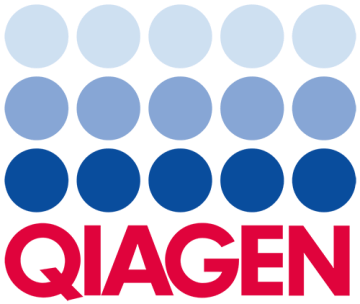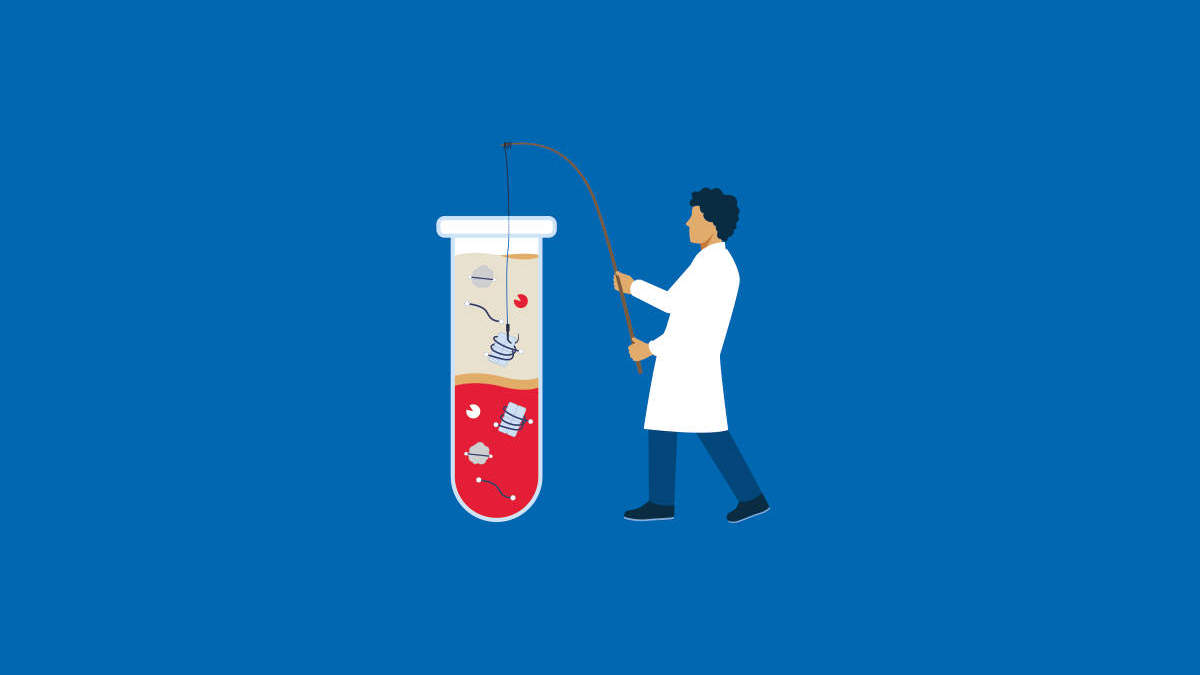

Get insights out of cfDNA
Cell-free DNA (cfDNA) is DNA found in biofluids free of its cellular origins. It carries real-time information that can be used to detect and monitor biomarkers of cancer and other diseases in a simple blood test.
cfDNA is often found in low concentrations with rare mutations and in a fragmented condition, and you need sensitive and reliable tools that give you confidence in the signal you detect. Whether you work in biomarker discovery, transplant or NIPT research, our products for cfDNA isolation and analysis give you the reliable results you need.
Latest news on cfDNA
Precious samples, elusive cfDNA
Found in low concentrations, cfDNA contains only 1-2% circulating tumor DNA (ctDNA) in non-advanced, non-metastatic cancers. Isolation of cfDNA from low concentrations with high background noise requires handling of large starting volumes. High yields and purity are required for sensitive and reliable detection and analysis.
Sensitive detection and absolute quantification
Steps that increase standardization of the cfDNA analysis workflow include blood preservation and automated cfDNA isolation to ensure optimal purity and yield. Powerful discoveries are made possible by reliable detection of variants at a low variant allele frequency from cfDNA with an optimized bioinformatics pipeline and reduced enzymatic error rates. Biomarker validation and absolute quantification of cfDNA biomarkers in ultralow concentrations can be achieved by dPCR in reproducible results within 2 hours.
cfDNA analysis in detail
- Your path to cell-free DNA analysis
- Products along the cfDNA workflow
- Load more, see more cfDNA
- Dive deeper into cfDNA
- Learn from the cfDNA experts
- FAQs
Your path to cell-free DNA analysis
Products along the workflow
Focus on cfDNA isolation
Select products for research applications
Select products for diagnostic applications
cfDNA isolation from large starting volumes
Instruments suitable for automated cfDNA isolation
Load more, see more
Imagine analyzing a cfDNA eluate containing a very rare event. You might want to get the maximum possible input into the cell-free DNA analysis workflow. Combine up to 8 ml plasma sample processing on EZ2 Connect with high-volume eluate loading on QIAcuity.
Have you considered the power of two?
EZ2 Connect and QIAcuity for cfDNA analysis
If you isolate cfDNA from a larger volume of serum or plasma and then use large-volume eluate loading with a highly sensitive detection method like digital PCR, you can load more and see more. Processing larger volumes gets more template cfDNA and dPCR will detect more mutations. You can achieve this goal by combining EZ2 Connect for easy a sample processing with the QIAcuity dPCR system.
You can now combine a fully automated and convenient high-volume sample processing on the EZ2 Connect with fast and sensitive ultra-low mutation detection using digital PCR on the QIAcuity.









